Sponsorships and the Olympics: how do they work?
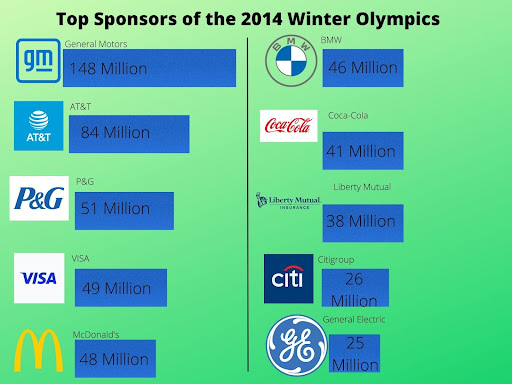
Photos by The Wall Street Journal.
The top sponsors of the 2014 Winter Olympics show how much higher companies are spending from six years ago.
February 7, 2022
One of the biggest excitements of big sporting events is the advertisements that play in between games. Advertising companies pay top dollar to show off their products during huge events like the Super Bowl or the World Cup. The Olympics are no different, as many companies storm to be the top advertisers. But how does this whole process work?
When a company wants to sponsor the Olympic Games, there are three different methods of going about it. All methods must go through the International Olympics Committee (IOC), as they run all sponsorships for the Olympics. The first method of advertising is through the National Olympics Committees (NOC). If advertising here, companies are limited to their own region. If a United States company were to advertise here, their programs would only be played in the United States. The second method is very similar but on a broader scale. Advertising through the Organizing Committees of the Olympic Games (OCOG) gives more freedom of where to advertise but other limitations still exist. Both methods are solely advertisements and have no extra fluff. While not the best methods, they do give companies a very good presence and exposure.
“The biggest commercial impact of the Beijing Games for partners will be in the Chinese market. And realistically, that’s not too different from any past Games,” said Terrence Burns, sports marketer within the IOC.
The most sought-after method though is The Olympic Partner Program (TOP). This is for the top sponsors who want to do more than just advertise. Sponsoring at this level guarantees the company exposure for the Summer, Winter, Youth and Paralympic Games, in addition to some of the sponsor money going into training the athletes day and night. Other benefits of being a part of TOP are that the sponsored companies will have their merchandise and equipment used for the Games over others. This gives them greater publicity compared to the other methods of sponsoring.
Many of the TOP partners are big household names, such as Panasonic, P&G, Toyota, Airbnb and Bridgestone. All of these companies spend billions of dollars to help fund and support Olympians. However, the biggest sponsor for the Beijing 2022 Olympic Games is the Coca-Cola company. They have been the longest-running sponsor and have consistently donated the most funding. This year, they have partnered with Mengniu Dairy, a Chinese dairy company, to donate up to three billion dollars.
“Having our longest-standing partner, Coca-Cola, an iconic American brand, together with a young Chinese company, Mengniu, joining hands under the roof of our Worldwide TOP Programme is a great example of the unifying power of the Olympic spirit,” said Thomas Bach, chief of the IOC.
The list of TOP sponsors is a long one, with many recognizable names there. It is reassuring to know what companies really care about keeping the tradition of the Olympics around for generations to come.



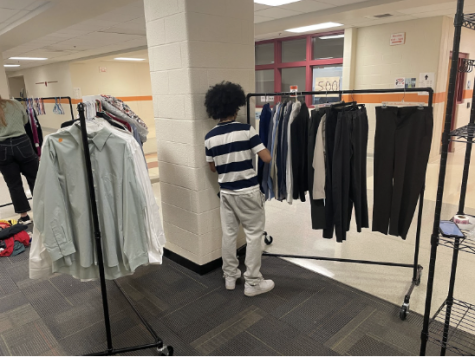

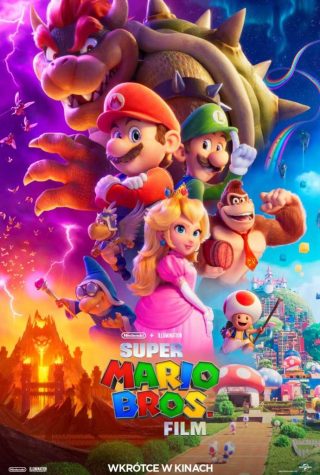
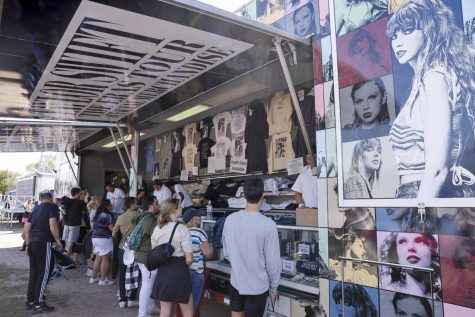
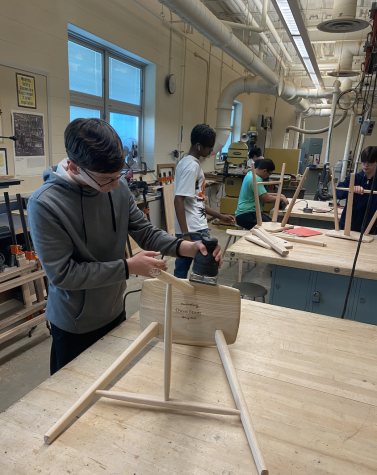
![“She [Walker] was the biggest advocate for any student,” said Basile.](https://mundismillmedia.com/wp-content/uploads/2023/05/Colorful-Watercolor-Note-Paper-with-Brush-Stroke-A4-Document-336x475.png)
